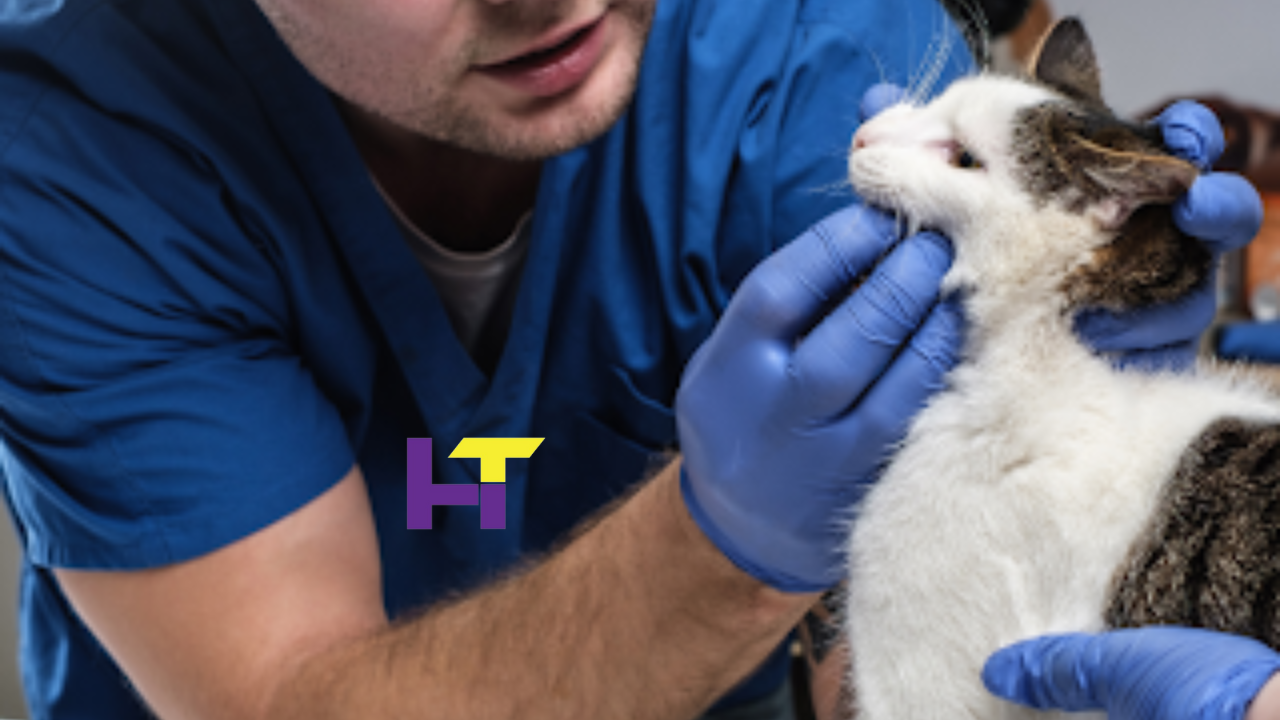Examining the Methods of a Pet Anaesthesia Dentist for Sedation Solutions

In veterinary medicine, it is critical to guarantee our furry friends’ comfort and security throughout dental treatments. Dentists with pet anesthesia training have unique skills and knowledge that enable them to provide sedatives effectively. Let’s explore the realm of anesthesia and learn about the techniques an anesthesia dentist uses to guarantee that pets receive the best dental care.
Comprehending the Significance of Sedation:
Before learning about pet anesthetic dentists’ techniques, one must comprehend sedation’s role in veterinary dentistry. Pets may experience anxiety or discomfort during dental operations, just like people. Sedation makes it easier for the dentist to perform their work and less stressful for the animal while allowing it to endure the entire course of therapy without needless suffering.
Customizing Sedatives to Meet Patient Demands:
Adapting sedative techniques to each patient’s unique demands is one of the distinguishing characteristics of a skilled pet anesthetic dentist. Since each pet is different, considering aspects like temperament, age, and health is essential when choosing the proper sedative schedule. The dentist can attain the ideal equilibrium between the animal’s safety and relaxation by tailoring the sedative.
Utilizing Inhalation Anesthesia:
Using this technique is a widespread practice among pet dentists. This procedure is also known as gas anesthesia. It involves the inhalation of anesthetic gases. These gases usually involve sevoflurane or isoflurane.
In addition, these are inhaled through a mask or endotracheal tube. During dental procedures, inhalation anesthesia allows precise control over the depth of anesthesia through rapid induction and recovery.
Using Injectable Sedatives:
A pet anesthetic dentist’s toolkit should include injectable sedatives and inhalation anesthesia. Dentists commonly inject these sedatives in two ways:
- Intravenously or
- Intramuscularly
Moreover, it can be used in two ways. You can either use it alone or with inhalation anesthesia according to the patient’s need. The best thing about these sedatives is that they can cause comfort.
Vital Signs Monitoring:
Checking pet well-being and safety is very important during dental procedures. Keeping an eye out on vital signs of health is crucial. Dentists of pets always use advanced monitoring systems and tools to keep track of parameters. These parameters can be:
- Oxygen saturation
- Respiratory rate
- Blood Pressure
- Heart Rate, etc
So, these things are monitored continuously during the dental procedure. Monitoring patients always allows for rapid intervention if any abnormalities are detected. It ensures a more comfortable and secure anesthesia experience.
Implementing Local Anesthesia:
Pet anesthesia dentists frequently use local anesthetics and systemic sedatives to reduce pain and discomfort during dental treatments. Local anesthetics that are applied directly to the oral tissues, including bupivacaine or lidocaine, numb the area and relieve discomfort. The veterinarian who practices pet anesthesia can guarantee the patient has a pain-free and enjoyable experience by combining local anesthetic with a systemic sedative.
Priority Preoperative Assessment
This phase is essential for examining the current health state of pets. Dentists assess the state of the pet before starting a dental procedure. This step is taken to find any disease or infection in the mouth that can affect the anesthesia protocol. Dentists should also consider comprehensive physical examination and blood testing of the pet if needed.
To reduce the dangers connected with anesthesia and customize the sedation regimen, the pet anesthesia dentist will evaluate the patient’s general health and take proactive measures to treat any issues.
Ensuring Postoperative Care:
A pet dentist’s role is beyond dental procedures. It also involves monitoring and keeping track of the pet’s well-being. Plus, it also involves postoperative care. Dentists closely monitor the pets after the procedure to ensure they recover correctly. Pain control techniques are used to make sure the pet is comfortable as they heal. The pet anesthetic dentist advises pet owners on postoperative care recommendations and follow-up consultations to guarantee a seamless recovery process.
READ MORE
Conclusion:
In veterinary dentistry, the methods utilized by a dentist specializing in pet anesthesia are crucial to guarantee our cherished animals’ security, ease, and health. These practitioners use sedation procedures, close observation, and thorough preoperative evaluation to deliver the best dental treatment with minor amount-etic hazards. By learning about their sedative options, we can better appreciate pet anesthetic dentists’ commitment to our beloved friends’ oral health.






